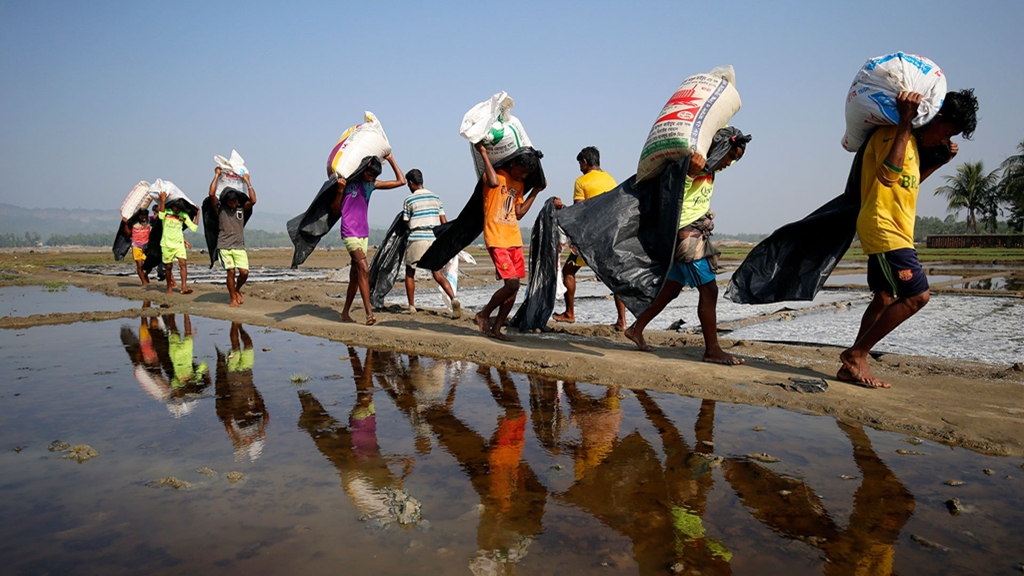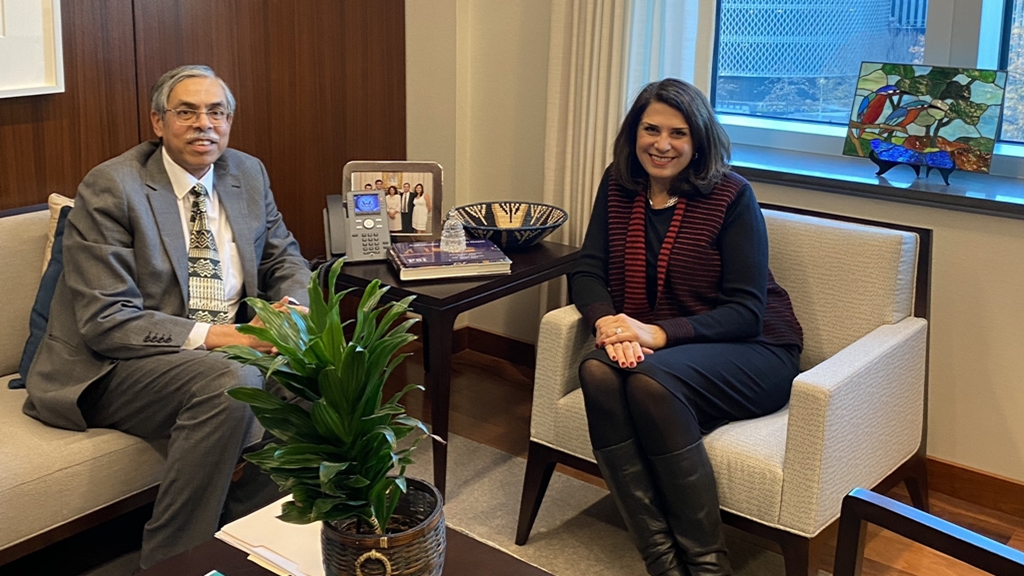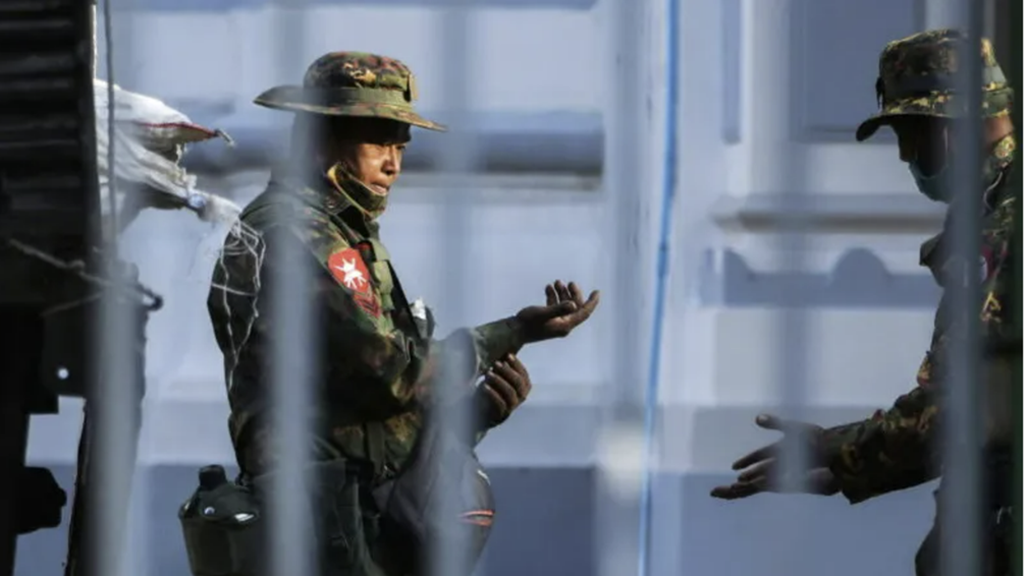
Act now to prevent disaster in the Rohingya camps
- 12/04/2020
- 0
By Dr. Azeem Ibrahim, Arab News
After all that they have gone through, the Rohingya are facing a killer even more deadly than the Myanmar military: Like the rest of us, they must now contend with the COVID-19 pandemic.
Two metrics are important in judging the threat of an infectious disease such as COVID-19. The first is its infectiousness — how easily it spreads. The second is its mortality — the proportion of those it infects who die from the disease.
At the moment it is difficult to quantify exactly how infectious this disease is. But we know it transmits not just from droplets from coughs or sneezes, but also from aerosols – i.e. from people just breathing out normally. We know it can persist on some surfaces for up to three days. And we know that virtually no one has any kind of natural immunity to it. Add to this that some people do not develop symptoms at all, but can still transmit the virus while they are carrying it, and you have a situation in which only the most extreme measures of social isolation and societal lockdown of the kind we have seen in China have any hope of working, once the disease appears in a population.
In conditions such as those in which the Rohingya are living, in Cox’s Bazar, containing the disease once it appears will be virtually impossible. Their population density is more than 60,000 per square kilometre, with virtually no space to isolate or quarantine anyone — no space even to limit human-to-human contact to any significant degree so as to slow down the spread of such an infectious disease, to say nothing of the limited scope for proper hygiene in public spaces, or the limited availability of medical supplies; masks, disinfectant gels, etc. are effectively out of the question.
For that reason alone, as heartbreaking as it was, it was the right thing to do to place Cox’s Bazar under lockdown. We do know at least from the experience of China so far that extreme measures such as this can hinder the transmission of the disease, and it is absolutely imperative that the virus is prevented from making its way into the Rohingya camps.
Because if it does, all hell will break loose. We have seen from the experience of Europe that even countries such as Italy and Spain, with advanced healthcare systems, can be quickly overrun, with catastrophic consequences. In the best-case scenarios, scientists believe the disease could have a mortality rate of under 1 percent. In northern Italy, there have been rates of close to 10 percent of those infected. But up to 25 percent of those infected develop acute, life-threatening symptoms that need hospital treatment to manage. In other words, in conditions such as those in Cox’s Bazar, mortality rates could easily reach 20 percent.
So Cox’s Bazar is a place where, if the virus gets in, it is guaranteed to affect virtually everyone in the camps, and as many as 20 percent of those infected are likely to die. That is nearly 200,000 people — an order of magnitude more than those killed by the Myanmar military.
After all that they have gone through, the Rohingya are facing a killer even more deadly than the Myanmar military: Like the rest of us, they must now contend with the COVID-19 pandemic.
Dr. Azeem Ibrahim
Humanitarian disaster aside, we need also to think how human beings, like us, are likely to react in these circumstances. In other words, what are the odds that Rohingya families, fearing for the lives of their children or loved ones, will stay put in Cox’s Bazar and wait for the virus to infect them and decimate their families? Would you stay put in these conditions?
But if Rohingya start to flee Cox’s Bazaar in numbers, what then? At least some of them will be carrying the virus. What does that mean for the rest of Bangladesh? And what do we propose to do when that happens? Will we use military force to confine them, and so kill even more? Will we become even worse than Myanmar?
The only way to avoid this absolute calamity is to take the most amount of care to quash the transmission of the virus in the country as a whole, and devote every resource we have available (including resources we can request from the international community) to ensure the disease does not reach the refugee camps. In other words, Bangladesh needs to go directly to full lockdown measures as a country, and it needs to do it now. We must contain the few tens of cases we have already and prevent them from becoming more than 1,000. If we get to 10,000 we will be fighting a losing battle. And after we get the situation under control, we will have to regulate border crossings so as to quarantine everyone coming in for at least three weeks, for the rest of this year and next.
We do not have time for incremental measures. We cannot afford to wait for the situation to develop. We cannot approach the political tactics of this by allowing the situation to get worse, so that the population gets on board with ever-harsher measures until we go to full lockdown. Bangladesh cannot afford that. We must act now.
Dr. Azeem Ibrahim is a director at the Center for Global Policy and author of “The Rohingyas: Inside Myanmar’s Genocide” (Hurst, 2017). Twitter: @AzeemIbrahim







